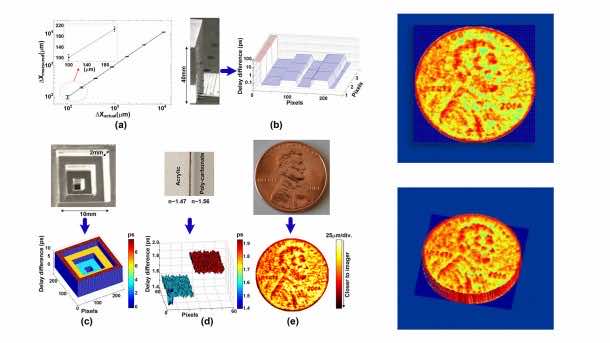3-D models are fascinating. To see an object with its full view in multidimensional spacing is much more fun than those “still” 2-D pictures that don’t give us the idea of the object’s actual shape. How cool would it be to have 3-D impressions of objects from your smartphone? With CalTech’s new sensor, you will be able to do just that!
3-D mapping and designing of an existing object are done with the help of digital 3-D scanners. The scanners get cloud data of the surfaces and color by a detailed 3-D scan using imaging or other techniques. Once the cloud data is in its place, different mapping techniques are applied to get the 3-D model of the object captured. The mapping techniques involved are done on a computer and the computing power of computers nowadays make it rather simple.
Sensing and getting the cloud geometrical data though hasn’t been perfected especially for small systems like smartphones. CalTech with lead engineer Ali Hajmiri is working on such a scanner. It is a nano chip working on Light Detection and Ranging (LIDAR) technology. It will try and capture 3-D mapping by measuring the height, width, length and angle of each pixel. The light source used is Laser, and the resulting distortions are fed to the sensor discussed above. LIDAR is mostly used by defence systems and driverless cars. Hajmiri explains that using an array of LIDARs with a coherent imager; We capture 3-D images without having to resort to movement in between different angles to capture the entire object. Each pixel contains information about a part of the of the geometry, and we analyze it individually. According to researchers, accurate 3-D models to the precision of microns can be made with the help of this 3-D sensor.
Currently, the sensor has 16 pixels that aren’t enough to create a 3-D model from one view, so it has to cover all of the parts in order to get a 3-D version. But further developments intend to include hundreds of thousands of pixels in order to get a model from a single view angle. This advancement will finally enable smartphones and similar gadgetry to have miniscule 3-D scanners that they can carry. Great future ahead of us, huh?



